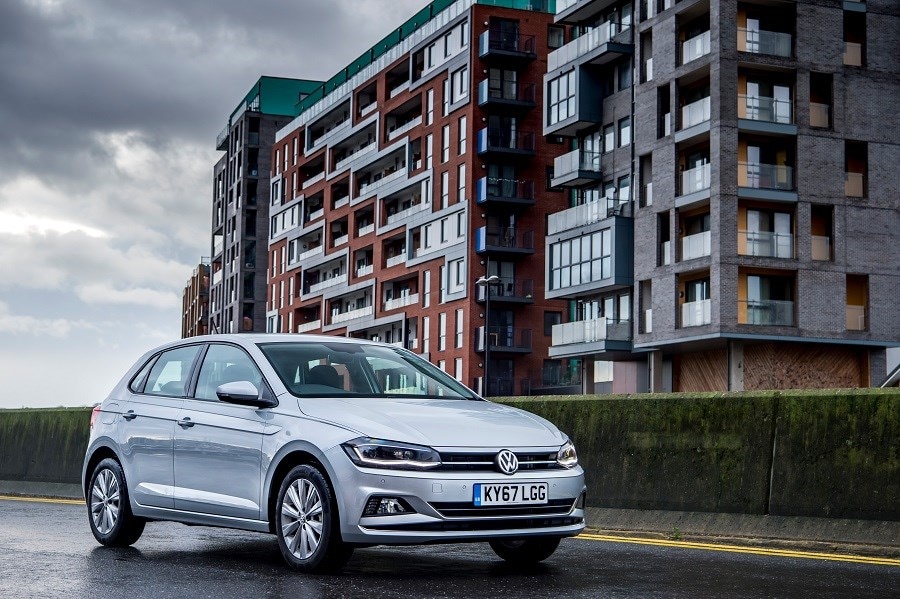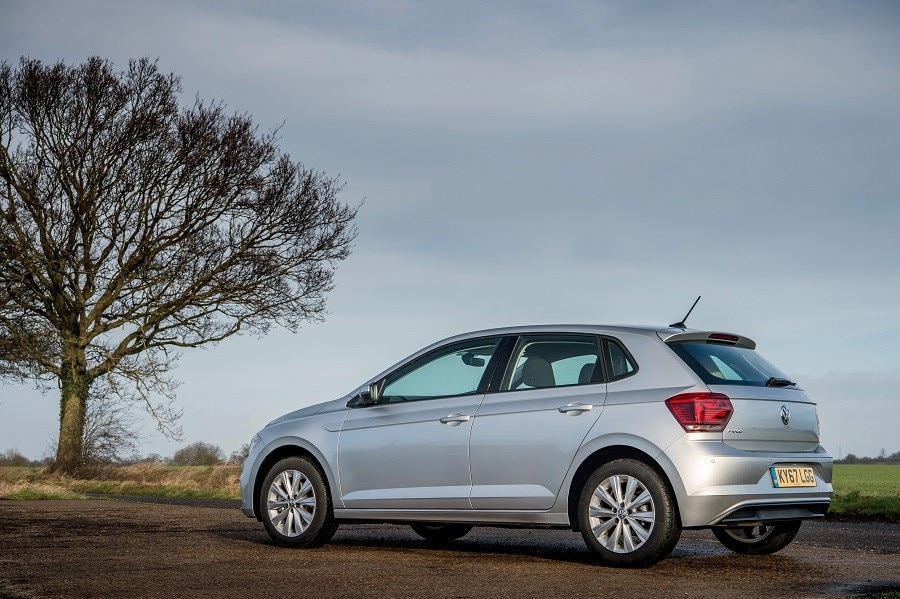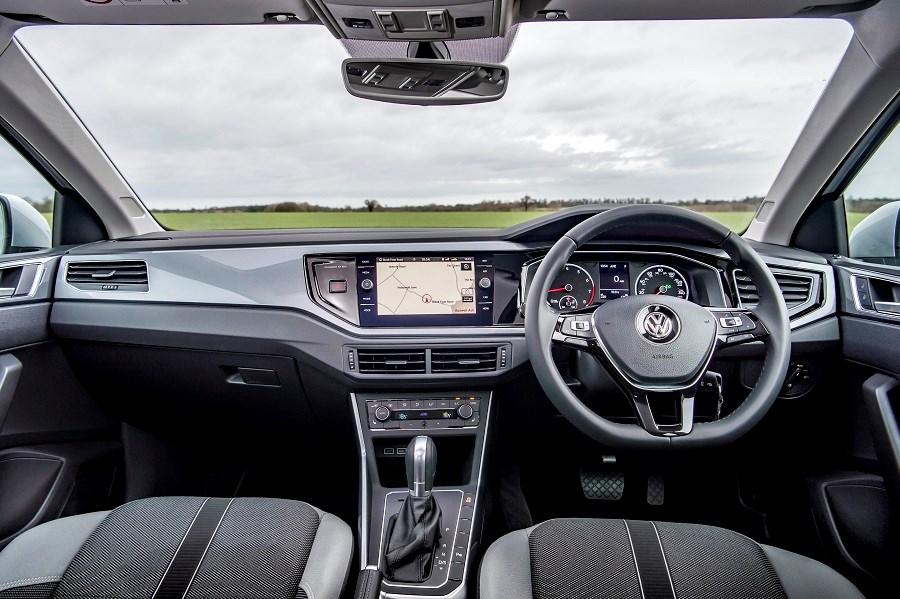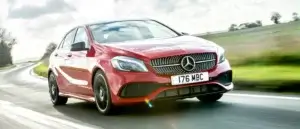Latest model
Sales of the new sixth-generation Polo started in October 2017, with a key focus being improved interior storage space, which was one of the downfalls of the previous car. Boot space was increased massively, while a much longer wheelbase allowed for extra legroom.
Another area of change was the enhanced safety tech fitted to the Polo, with autonomous emergency braking and a driver attention alert both being fitted as standard.
Styling changes weren’t major, but the new Polo is noticeably bigger in size, largely because of the MQB A0 platform, which underpins the new Polo, as well as its sibling cars from Audi and Seat.
On the inside, the Polo’s interior looks far fresher, with its eight-inch touchscreen being well-incorporated into the dashboard, as well as new digital instrument displays.
Value for money
The Volkswagen Polo is priced near the top of the supermini class, with versions starting from £14,330 for a brand new model. This makes it more expensive than the Skoda Fabia, but cheaper than the starting prices of the Seat Ibiza and Audi A1, although these two cars are only offered with more powerful engines.
The Polo comes with a lot of kit for the money though. Standard ‘S’ cars benefit from a full-size spare wheel, automatic lights and an eight-inch touchscreen, although you have to spend a bit more money before you get Apple CarPlay and Android Auto smartphone connectivity, as well as alloy wheels. It’s easy to spec a model over £20,000, though, which is a lot of money for a car of this size.
On the used market, you can pick up older Polos from as little as £200, and the last-generation model from under £2,000. However, our main focus here is the latest model, which is still quite fresh into showrooms. That said, there’s still some fantastic savings to be had, even with Volkswagens traditionally holding their value quite well. We saw a one-year-old example in entry-level S trim for £10,500. Expect to pay £1,000 more for an SE version.
Looks and image
Unlike the bold-looking Seat Ibiza, the Polo is a more conservatively-styled supermini. But there’s nothing wrong with that, particularly if you don’t want to stand out like a sore thumb on British roads. That said, should you want a bit more stylishness there’s the option of the Beats and R-Line trim levels. Beats brings specific badging and special decals, with R-Line coming with larger alloy wheels and an R-Line styling kit. It’s worth noting that all versions minus the entry-level ‘S’ come with alloy wheels.
One of the Polo’s stand-out features is its fantastic interior. It’s an area that Volkswagen consistently excels in and the Polo is no different. Unlike other models in its class, the Polo comes as standard with an eight-inch touchscreen, which is fantastic to use and looks the part in the centre of the dash. SE upwards come with further satellite navigation, with SEL and R-Line trims getting the ‘Discover Navigation’ system, offering sat nav. The quality is excellent throughout, with only a couple of cheaper plastics here and there, but this is easy to forgive on a supermini. There’s also the option of having digital dials, too.
Behind the wheel, the Polo lacks the excitement of rivals such as the Ford Fiesta and even its Seat Ibiza sibling. That said, it’s still a good car to drive, and a big improvement over the last version. The steering is now a lot more accurate, while the ride remains impressively composed and refined for a car of this size. Larger wheels can start to make the Polo seem a bit firm, so we’d be cautious of going for the optional 17-inch alloys if you value ride comfort.





